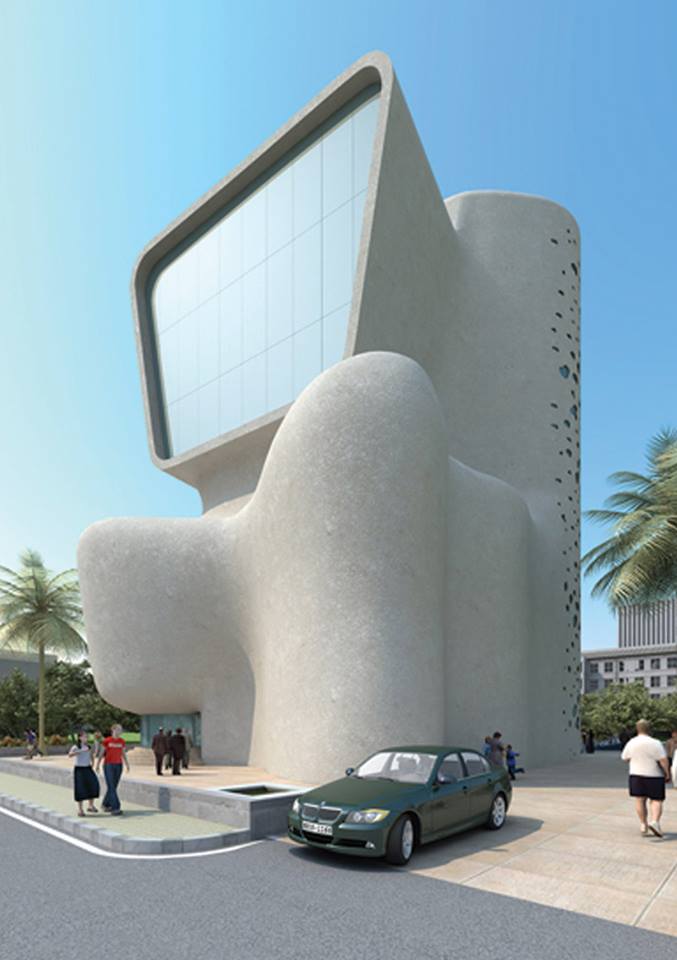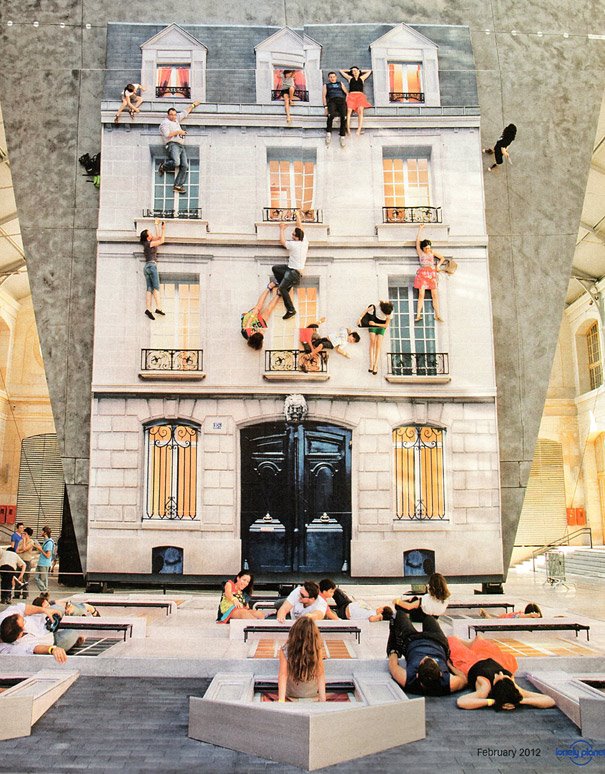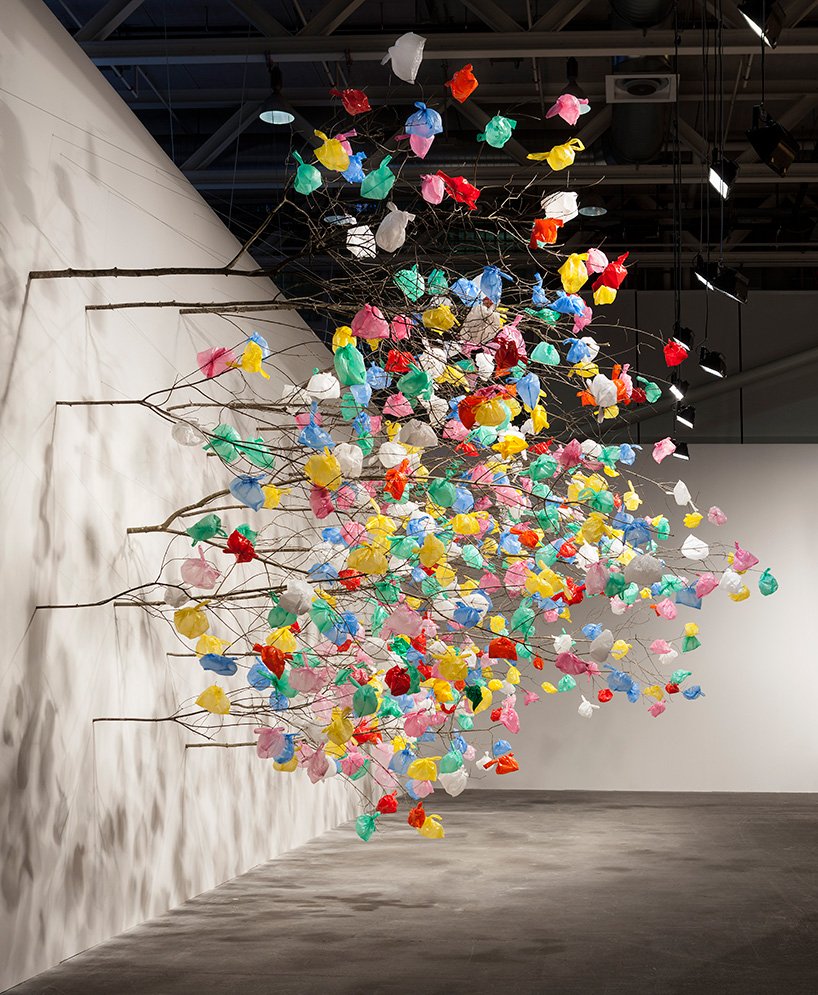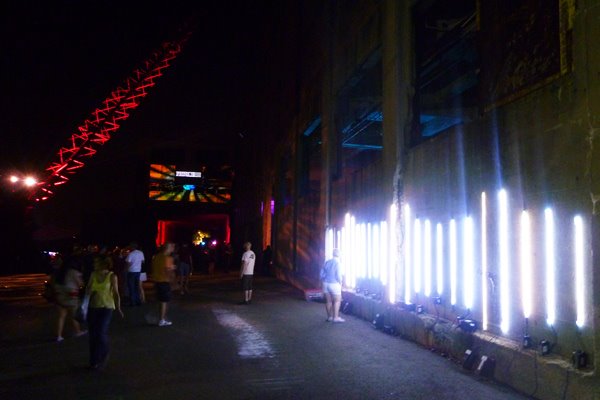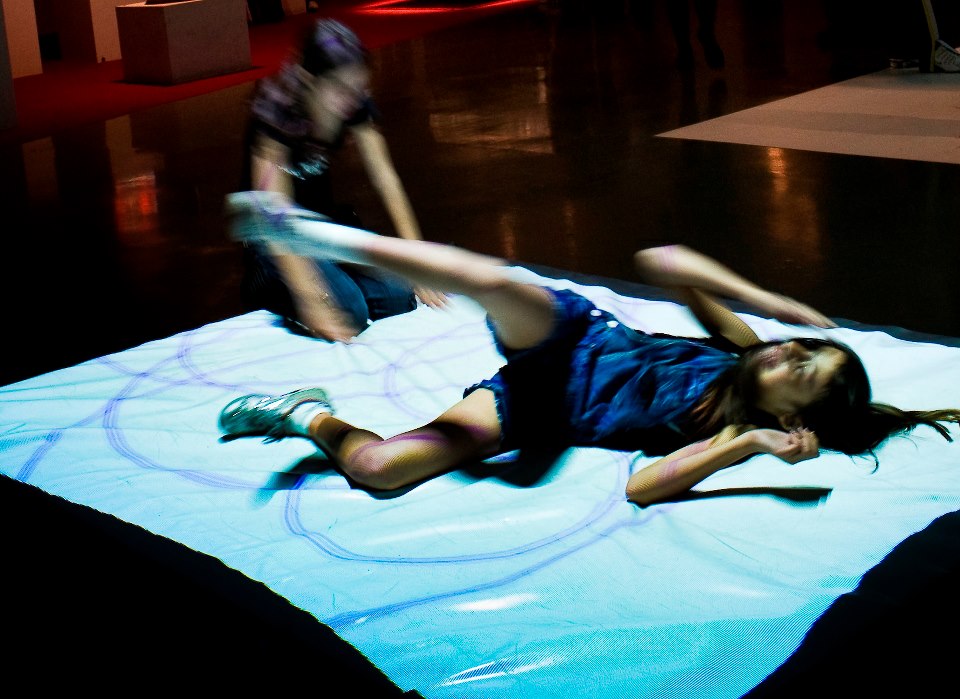
LEANDRO ERLICH
Леандро Эрлих
莱安德罗·埃利希
Dalston House
The Dalston House resembles a movie set, featuring the façade of a late nineteenth-century Victorian terraced house. A mirrored surface is positioned on the on the ground lying life size façade, in a 45-degree angle. Visitiors apppear to be hanging of the building or sitting on window sills, by sitting, standing or lying on the horizontal surface. The audience plays an important and active role in the installations for Erlich. By altering the viewer’s relationship with familiar spaces, he playfully disrupts our own notion of reality,through the mirrored projection of the image, creating new possibilities and situations.

